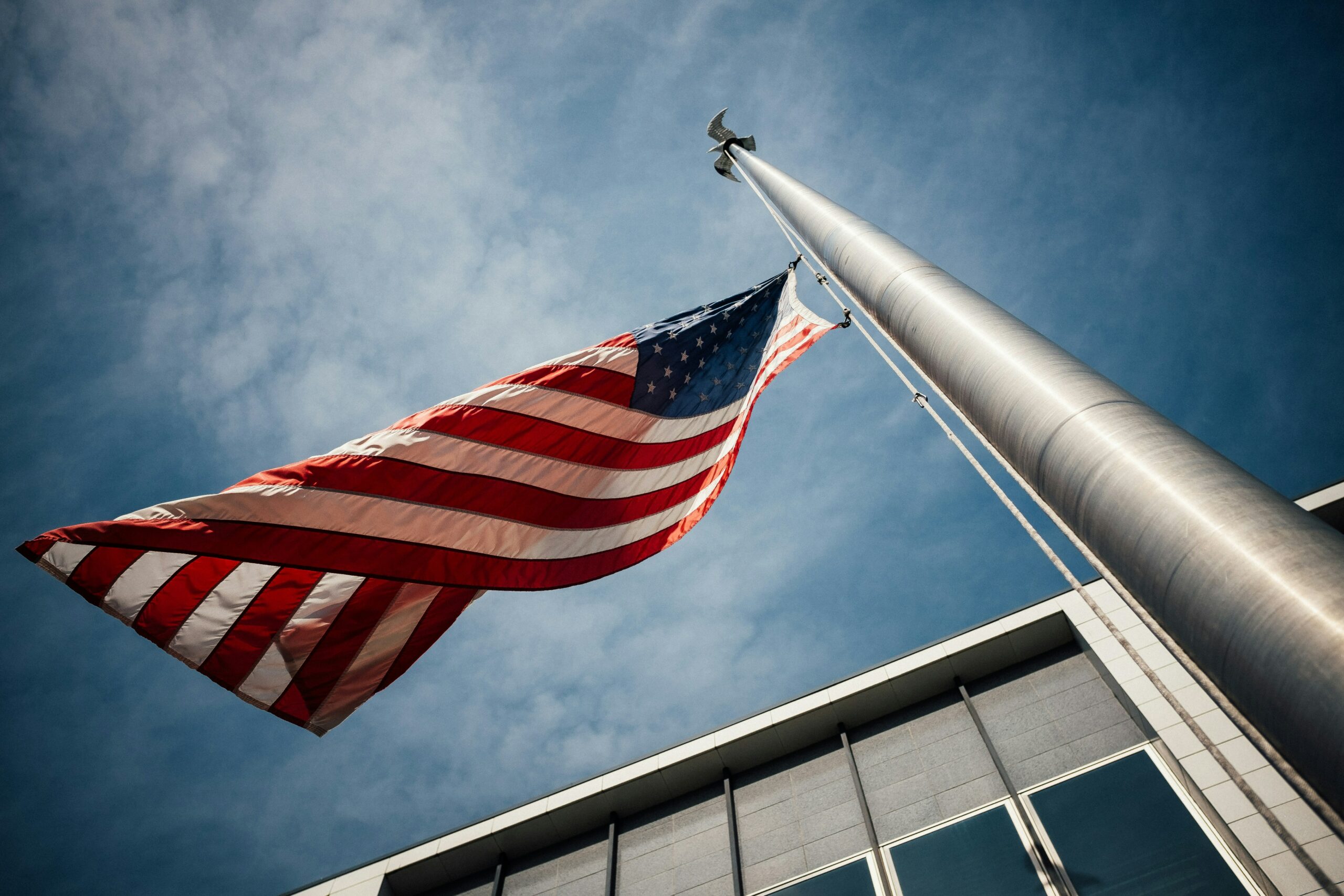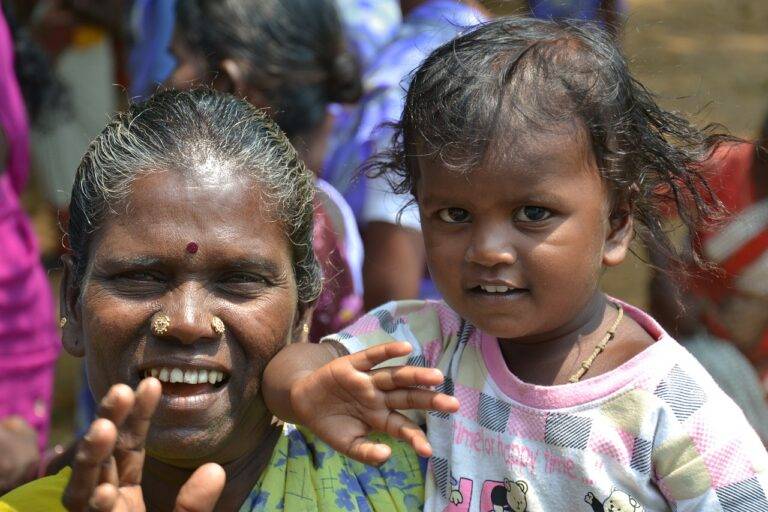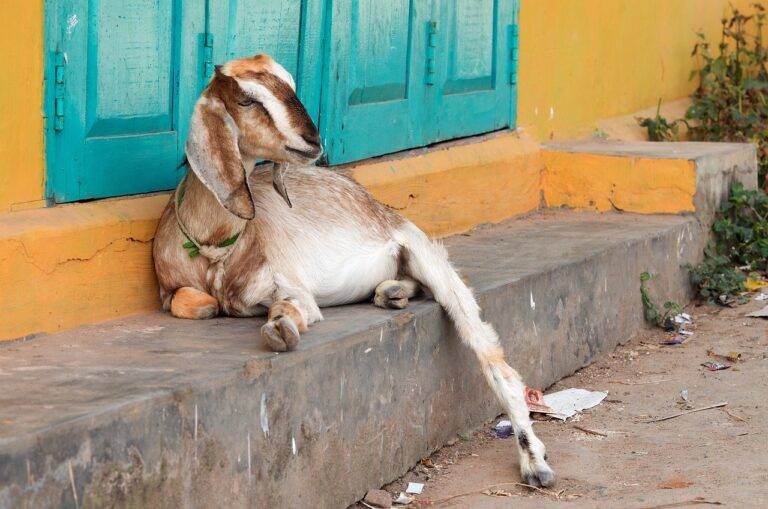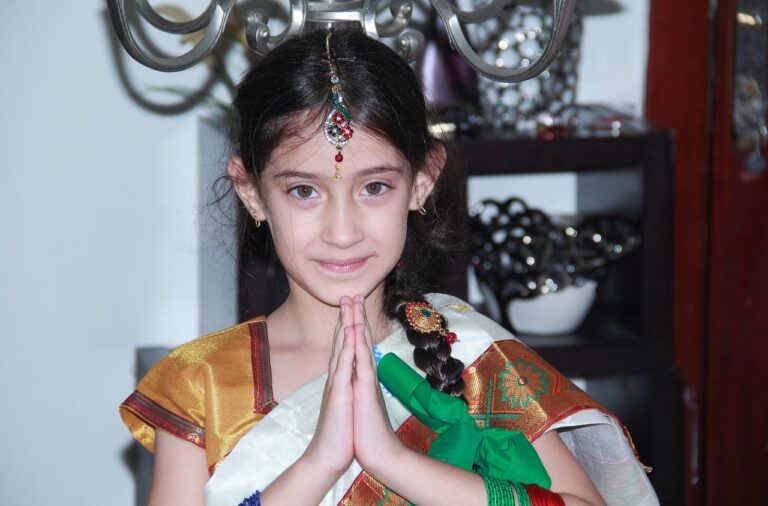The Influence of Political Art on Election Campaigns
Political art in election campaigns has undergone significant evolution over the years. From the traditional posters and banners of the past to the digital graphics and social media campaigns of today, the way in which political messages are visually communicated has evolved to adapt to changing times. This evolution reflects not only advancements in technology and design capabilities but also shifts in societal values and political strategies.
The use of political art in election campaigns has become a powerful tool for candidates to convey their messages and connect with voters on a deeper level. Visual elements such as colors, imagery, and typography play a crucial role in capturing the attention of the public and shaping their perceptions of candidates and issues. As campaigns become increasingly visual and digital in nature, the strategic use of political art continues to be a key component in influencing public opinion and swaying voter decisions.
Key Elements of Political Art in Shaping Public Opinion
Political art plays a crucial role in shaping public opinion during election campaigns. Through visual elements such as colors, typography, and symbolism, political art has the power to evoke emotions and convey messages that resonate with voters. A well-designed campaign poster or advertisement can effectively communicate a candidate’s values and policy priorities, influencing how individuals perceive and support them.
Another key element of political art in shaping public opinion is the use of imagery that creates a connection between the candidate and the audience. Portraying candidates in relatable settings or showcasing them engaging with diverse groups of people can humanize them in the eyes of voters. By incorporating elements of everyday life or highlighting shared experiences, political art can help bridge the gap between politicians and the public, fostering a sense of trust and understanding.
The Role of Political Art in Capturing Voter Attention
Political art plays a crucial role in election campaigns by capturing the attention and interest of voters. Through visually striking images, bold colors, and powerful messages, political art has the ability to evoke emotions and spark conversations among the public. Whether it’s a thought-provoking poster, a compelling campaign logo, or a captivating mural, art has the power to draw people in and make a lasting impact on their perceptions of political candidates.
In today’s fast-paced digital world, where attention spans are shorter than ever, political art serves as a valuable tool in cutting through the noise and capturing the voter’s attention. From social media graphics to street art installations, political campaigns are utilizing art in innovative ways to stand out and make a memorable impression on the electorate. By tapping into the creativity and artistry of talented designers and artists, political campaigns are able to engage with voters on a deeper level and leave a lasting impression that resonates long after the election is over.
How has political art evolved in election campaigns over the years?
Political art has evolved from traditional posters and flyers to include digital media, street art, and interactive installations.
What are the key elements of political art that help shape public opinion?
Key elements of political art include visual impact, emotional appeal, and a clear message that resonates with the public.
How does political art help capture voter attention?
Political art grabs voter attention through its creativity, boldness, and ability to spark conversations and generate buzz around a candidate or issue.
Can political art be effective in changing voter perceptions?
Yes, political art has the power to challenge existing beliefs, provoke thought, and ultimately influence voter perceptions leading up to an election.
Is political art limited to traditional mediums like posters and banners?
No, political art now encompasses a wide range of mediums including social media graphics, video content, street art, and even virtual reality experiences.






